By Ira Sharkansky

JERUSALEM — Only a 15-minute walk from our home in French Hill is Mt Scopus. That is the site of the Social Science Faculty and several other units of the Hebrew University. A half-hour walk around the perimeter of Mt Scopus–outside the campus–is a good way to spend a cool morning. To the south is a picture postcard view of the Old City, with the Dome of the Rock as its most promient icon.
A bit further to the east is the Jerusalem Center of Brigham Young University, built in the 1980s and a cause of some commotion between Mormons noted for their missionary activity and Jews with two millennia of antipathy toward missionaries. Close by is the landmark bell tower of the Russian Covenant on the Mount of Olives, built in 1870-87 at the site believed to be where Jesus ascended to heaven after resurrection. Its bell is said to be the first to be rung in the city by Christians during the Ottoman period.
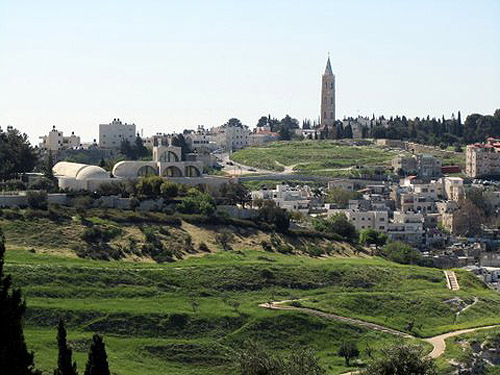
The Judean Desert begins immediately to the east of Mt Scopus. Despite a higher than average rainfall this winter, there is only a hundred meters or so of green before there begins a range of brown hills and then a sharp drop toward the Jordan Valley and Dead Sea. (Attachment 3)
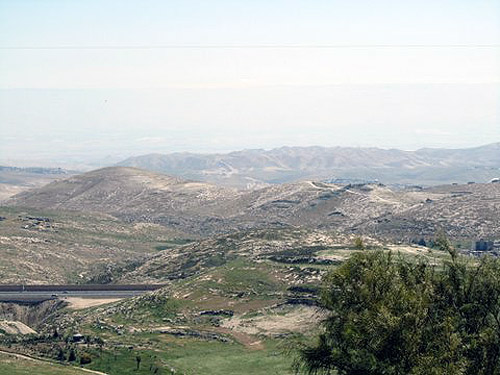
Tucked into a corner of this view–well into the desert–is a Beduin encampent.
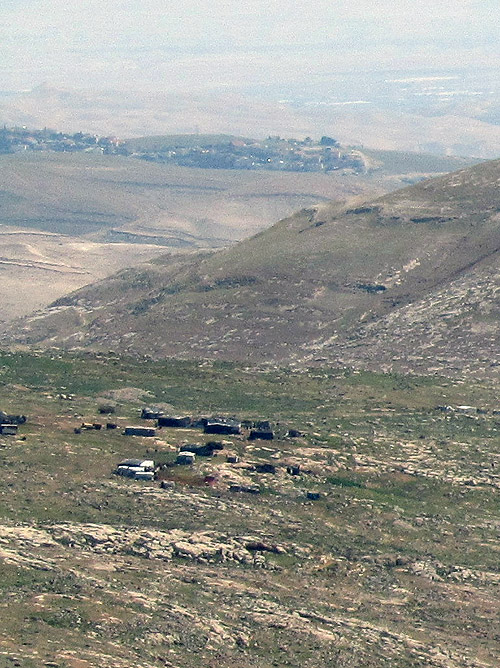
Turning toward the north on the way back to French Hill the road overlooks the Arab neighborhood Isaweea. Here we see the side of Isaweea that we do not see from our balcony. The view is one of congestion, with little by the way of greenery or paved roads. About 40,000 people live in Isaweea. Almost none took up the offer of Israeli citizenship after 1967. As residents of Jerusalem, they are entitled to vote in municipal elections, but few have done that. The buildings are substantial, many of them built in stages by their residents, who are stonemasons and other craftsmen in the building trades.
The cars that exit Isaawea via French Hill resemble ours. Municipal services are minimum. Residents complain–or have given up complaining–about trash collection. Ambulances from the Jewish sector are unlikely to enter the neighborhood without a police escort.
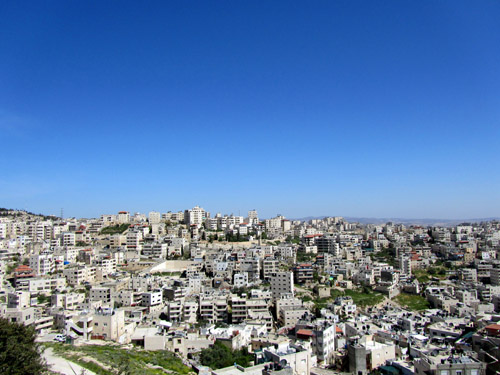
I’ve been warned by Arab friends to stay out of Isaweea. Twice in the past year Jews have taken a wrong turn into neighborhood and barely escaped being lynched. Palestinian activists claim that the residents of this and other Arab neighborhoods are held as captives in their miserable locations. When challenged to vote in municipal elections–where the aggreagate of Arab votes could choose some 25-30 percent of the municipal council and be a deciding factor in the selection of the mayor–the response is that voting would compromise opposition to Israeli occupation. Lots of people vote in Israel and elsewhere while holding their noses due to the undesirable nature of all alternatives. An Arab’s vote for city council or mayor would not preclude political efforts to transfer their neighborhoods to Palestine, if that is what they want. Actually, a poll taken in 2011 showed that more of East Jerusalem’s Arabs would prefer to remain with Israel rather than become citizens of Palestine However, one treads lightly against social pressure in those neighborhoods.
Twenty minutes later we were alongside our home. Lots of greenery, paved roads, small areas for football (soccer) and basketball alongside the building, a children’s playground half a block in the other direction, flowers and olive trees in the traffic circles, predictable trash collection, the tending of public gardens and sweeping of sidewalks done by Arab employees of the municipality.
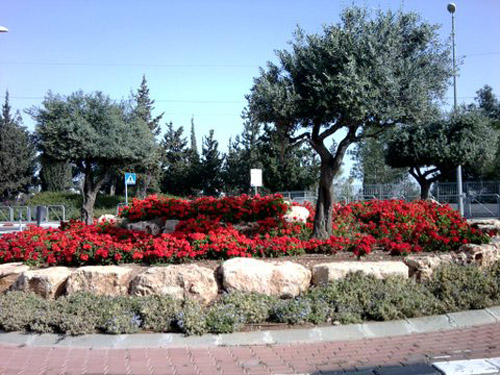
During a late afternoon walk about this pleasant place, we saw the signs of a burning tire from another of our neighbors (Shuafat or Anata). More likely a protest or bored kids rather than an effort to deal with rubbish. If it’s meant to disturb us, prevailing westerlies assure that it’s most likely to disturb them.
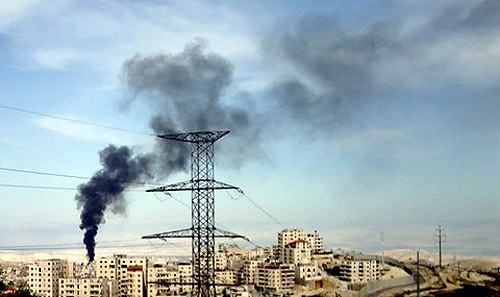
*
Sharkansky is professor emeritus of political science at Hebrew University. He may be contacted at ira.sharkansky@sdjewishworld.com